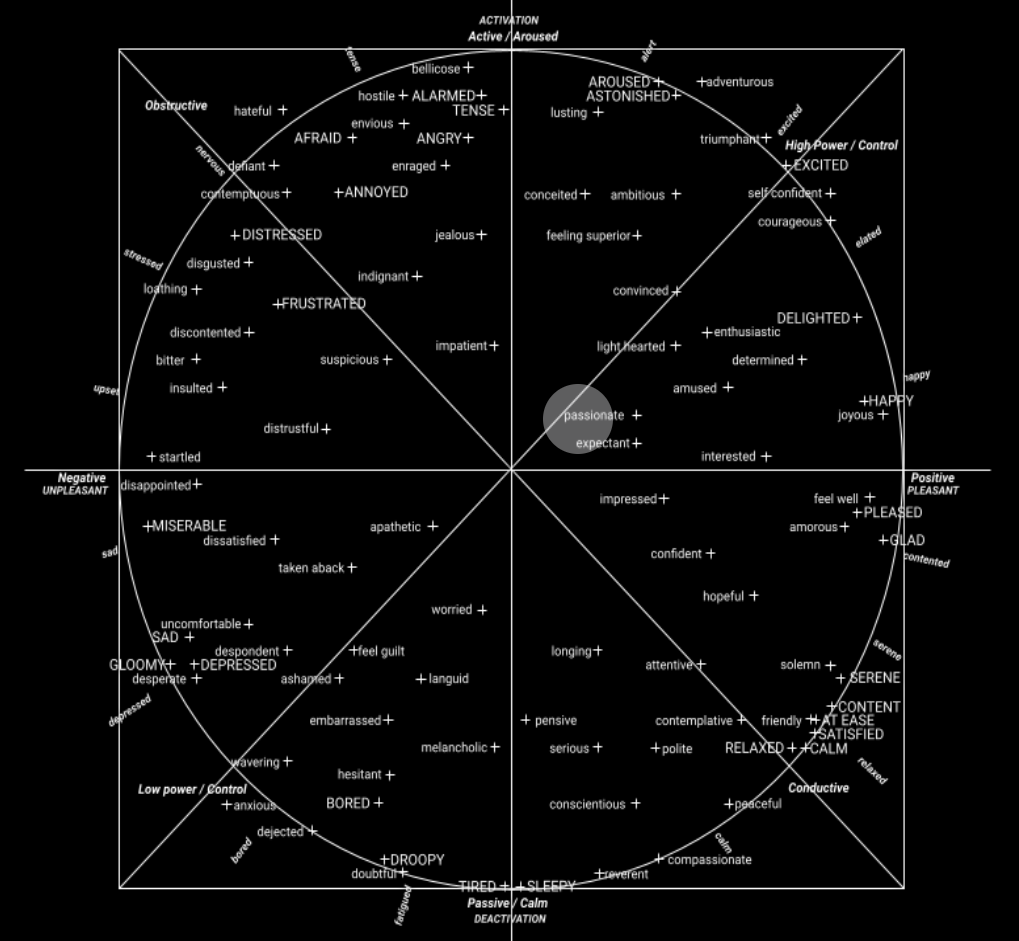Goals and Objectives
Throughout my two years in the program, the overarching goal I have been working towards has been to explore the intersection of music, technology and healthcare through original research.
Year 1 Objectives and Reflection
In my first year (10th grade), my primary objective was to conduct an initial investigation into music preferences and their influencing factors across different demographics. I found that I could do this quickly and efficiently through a survey research project. By the end of that year, I had collected original data, analyzed initial patterns, and drafted a paper on the findings. I had also created a working facial-expression-recognition web app that anyone could access online, through the use of MorphCast AI. I felt this was a significant step forward in sharing my work with a wider audience, especially as that paper was later accepted by the Journal of Student Research. This year was also the time when Dr. Alex Pantelyat and Dr. Kyurim Kang of the John Hopkins Center for Music and Medicine took an interest in my work through my cold email, and that’s where things really started to get interesting.
Primary Objective
My goal was to conduct an initial investigation into music preferences and the factors influencing them across different demographics. This was to assess the potential of personalized music therapy using Affective Algorithmic Composition (AAC) and facial recognition technology—understanding user preferences and influencing factors is considered crucial for developing successful real-time personalized music experiences. Existing research supports a strong connection between music and the brain, and the effectiveness of music-based interventions in healthcare settings is only exacerbated by the degree to which the intervention is tailored to the individual.
Survey Research and Findings
I found that a survey research project was a quick and efficient method to conduct this initial investigation. This survey (n=160) collected data on demographics, music listening habits, and factors influencing musical preferences across a range of ages. The research question specifically focused on how these factors influence music preferences. Participants ranged from 12 to 78 years old, although teenagers (14-15 years old) made up a significant portion of the sample. Data analysis of the survey responses showed clear trends, such as a majority of participants (73%) listening to music daily or more than three times a day. The survey also revealed a variety of reasons for listening to music, with popular choices being to relax and unwind, improve mood, and for entertainment. Other reasons included increasing motivation, coping with stress/anxiety, and enjoying the sound of music. By the end of that year, I had collected this original data, analyzed initial patterns, and drafted a paper on these findings.
Functioning Web Application Development
In addition to the survey, I also created a working facial-expression-recognition (FER) web app prototype that is available here. This application utilized the MorphCast SDK to capture and analyze facial expressions in real-time. Using computer vision techniques, FER is seen as a cost-effective and versatile method to measure emotions quickly and reliably
Year 2 Objectives and Reflection
While the methodology of that initial work was less complex compared to my current project, the undertaking of it served as a foundation for understanding key concepts, building familiarity with the esoteric terminologies used through exposure, and overall—getting a grasp of what was present in the literature and what there was a dearth of. Entering my second year (11th grade), my goals became more ambitious and technologically focused: to develop and disseminate working prototype of a system for personalized music therapy using facial recognition and algorithmic music generation; to conduct preliminary testing; to prepare a more methodologically rigorous paper for publication in a peer-reviewed journal, especially with the support, guidance and opportunities that my collaboration with the Center for Music and Medicine provided me.

As I approach the end of this second year, I note the substantial progress made in app development, data synchronization, and manuscript refinement, despite me facing numerous technical challenges. The process til now has been challenging and incredibly rewarding, but there is still much to go.